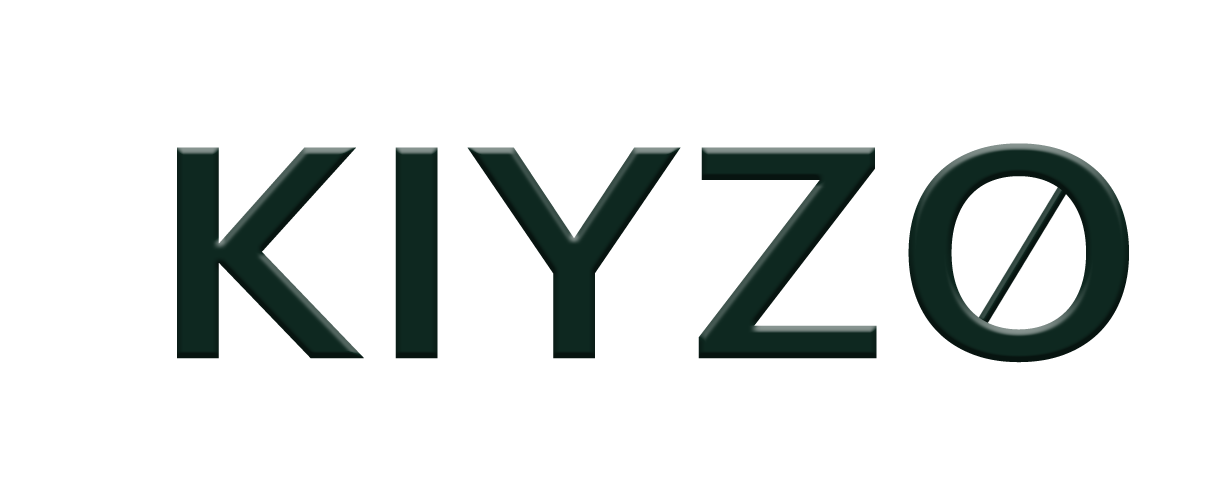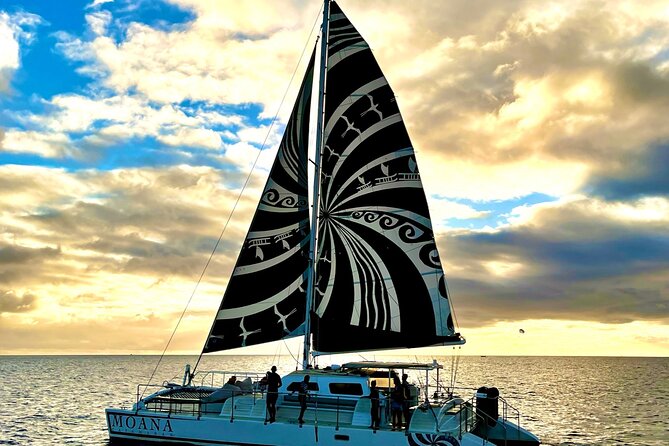Booze & Sunset cruise as you watch the sun set over the Waikiki Pacific Ocean
What’s included
- 1.5 Hour Sail
- Restroom on board
- Open bar
- Motion Sickness Aid
- The music is synced with onboard lights for a party vibe
- See several animals like dolphins and green sea turtles
- Meet other partygoers who are visiting Oahu
MORE to do in Waikiki
Booze cruise FAQ
Views/passby
Diamond head Hawaii’s most recognized landmark. Diamond Head is a volcanic tuff cone on the Hawaiian island of Oʻahu and known to Hawaiians as Lēʻahi. The Hawaiian name is most likely derived from lae plus ʻahi because the shape of the ridgeline resembles the shape of a tuna’s dorsal fin
Waikiki beach Cruise the beautiful Waikiki coast look for Hawaiian Green Sea Turtles (Honu),Hawaiian Spinner Dolphins (Nai’a), Humpback Whales (Kohola) [in season] When the captain turns around at Diamond Head (Le’ahi), admire the darkening silhouette of the prominent crater — one of Hawaii’s most renowned landmarks. The boat pauses here so you can bask in the sunset glow over the sea and look for the elusive ‘green flash’ on the horizon before returning alongside a glittering skyline to Waikiki
Waikiki has a storied past. Its dazzling beachfront has been the site of Hawaiian battles, the location of royal summer homes, headquarters for the U.S. military, and the address of Hawaii’s first hotels. Its history has shaped it to be Hawaii’s number one vacation destination, a special place admired by many.
- 1400s. Waikiki, a Hawaiian word translating to ‘spouting water’’ was a marshland and popular gathering place for the Oahu royal family. Waikiki was originally much larger than it is today, including the Manoa and Palolo Valleys. Some time in this century, Chief Kalamakua built fishponds and designed a freshwater irrigation system that fed taro fields. It’s rumored that there was once a heiau in Waikiki devoted to a chicken god!
- 1450s. Waikiki became the center of government for the Oahu royal family.
- 1778. Captain James Cook landed on Kauai on January 18, 1778. The surrounding islands, including Oahu, were subsequently explored by Europeans.
- 1794. A famous battle took place in Waikiki when Kamehameha I arrived from Hawaii Island with a fleet of canoes. His army stormed the beach in pursuit of Oahu Chief Kalanikupule and his warriors. Kamehameha I overthrew the locals.
- EARLY 1800s. Foreign fishermen settled in the area and turned Waikiki into a resting place for sailors crossing the Pacific on fur trading, fishing, and whaling ships.
- 1809. King Kamehameha I moved his royal court to Waikiki to keep an eye on the burgeoning trade from the numerous ships that were coming in. It was around this time that the Hawaiian royalty was first observed riding longboards on Waikiki’s famous waves.
- 1830s. The first foreign holidaymakers arrived.
- 1860s. The first roads were constructed.
- 1880s. A few small hotels opened, and in 1893, Greek-American George Lycurgus leased the guest house of Allen Herbert and renamed it the ‘Sans Souci’ (French for ‘without worries’) creating one of the first beach resorts. A tramway and tramcars were introduced in the late 1880s. The US realized the strategic military importance of the Hawaiian islands and established military bases at Pearl Harbor and central Oahu. With the arrival of the U.S. military, the tourism business began to grow in the Waikiki area.
- 1898. Hawaii was annexed by the United States.
- 1901. After annexation, and in anticipation of an increase in visitors, the Moana Surfrider Hotel was opened on March 11, 1901. Built by the wealthy Honolulu landowner, Walter Chamberlain Peacock, The Moana Hotel had 75 guest rooms that were the height of fashion for the day, telephones and private baths, a billiard room, parlor, library, salon, and the first electric-powered elevator in the Territory.
- 1907. The territorial government, under what it called the ‘Waikiki Reclamation Commission’, planned for greater commercial and tourism development by widening streets, building bridges, and draining the duck ponds, rice paddies, and taro patches that formed Waikiki’s aquaculture.
- 1920s. Lands are reclaimed and subdivided into 5000 square foot lots. This real estate development turns rural Waikiki into a suburb. The wetlands are declared a health hazard because of the mosquitoes and are drained by the construction of the Ala Wai Canal, originally known as the Waikiki Drainage Canal.
- 1920-1930s. In the 1920s and 1930s sand was imported from Manhattan Beach, California, via ship and barge to restore Waikiki’s beach due to an erosion problem caused by development.
- 1927. The Waikiki Natatorium War Memorial Pool was built. It was unique because it was on the beach and fed by ocean water. Several medal-winning Olympians, including Hawaiian Olympian Duke Kahanamoku, swam here. The Honolulu Zoo was also built on 40 acres of Queen Kapiolani’s land. The Royal Hawaiian Hotel, a $4 million investment by the Matson Navigation Co., opened on February 1, 1927. Built on 15 acres, the luxurious hotel with its distinctive Moorish-style architecture painted pink, was promoted world-wide as a premier visitor destination. The hotel opened to serve passengers arriving on luxury ocean liners from San Francisco.
- 1941. Pearl Harbor is bombed and World War II interrupts the tourism industry. Waikiki becomes a rest and recreation area for soldiers and sailors coming and going to the war in the Pacific. From 1941-1945, The Moana Hotel transforms into a respite for these soldiers.
- 1950s. Celebrities such as Elvis Presley popularise the islands (three of his films were shot on location on Oahu, including on Waikiki Beach) and the first regularly scheduled airline services start flying into Honolulu.
- 1956. The International Market Place open-air shopping center located in Waikiki first opene das a commercial, retail and entertainment center.
- 1960s. In the 1960s huge mega-resorts priced for the masses, such as the Ilikai (famous for appearing in the opening credits of the TV show Hawaii Five-O), opened. Fast jets such as the DC-8 linked the islands to the US mainland in a matter of hours. Later models like the 747 brought thousands of tourists to Hawaii daily.
- 1968. Visitor arrivals hit one million for the first time, filling approximately 15,000 hotel rooms.
- 1970s. In the 1970s, most visitors began or ended their holidays on Waikiki, or simply never left at all.
- 1980-1990s. Chain hotels take over. There are very few places on the main strips that aren’t recognizable brand names.
- 1980. Royal Hawaiian Center shopping complex opened its doors in 1980 and since then has been welcoming kamaaina (locals) and malihini (visitors) to experience high-end shopping and dining.
- 2006. After ten years in the making, Waikiki Beach Walk on Lewers Street came to life by transforming an eight-acre site into a lively entertainment precinct.
- 2008. Royal Hawaiian Center undertakes a multimillion makeover.
- 2016. The 50-year old iconic International Market Place underwent a complete revitalization over two years, reopening in 2016 as a new open-air shopping destination with over 100 brand name and local shops and restaurants.

